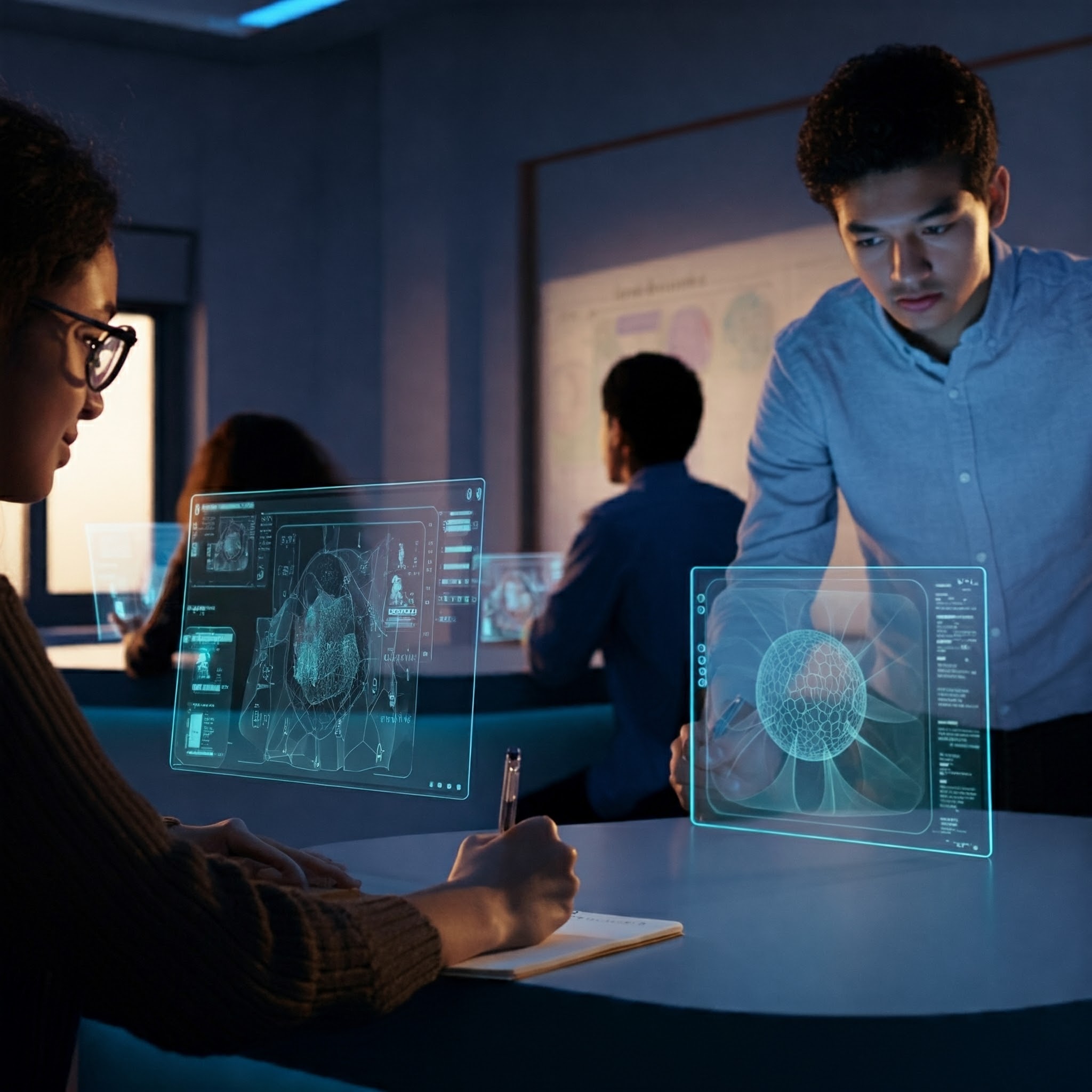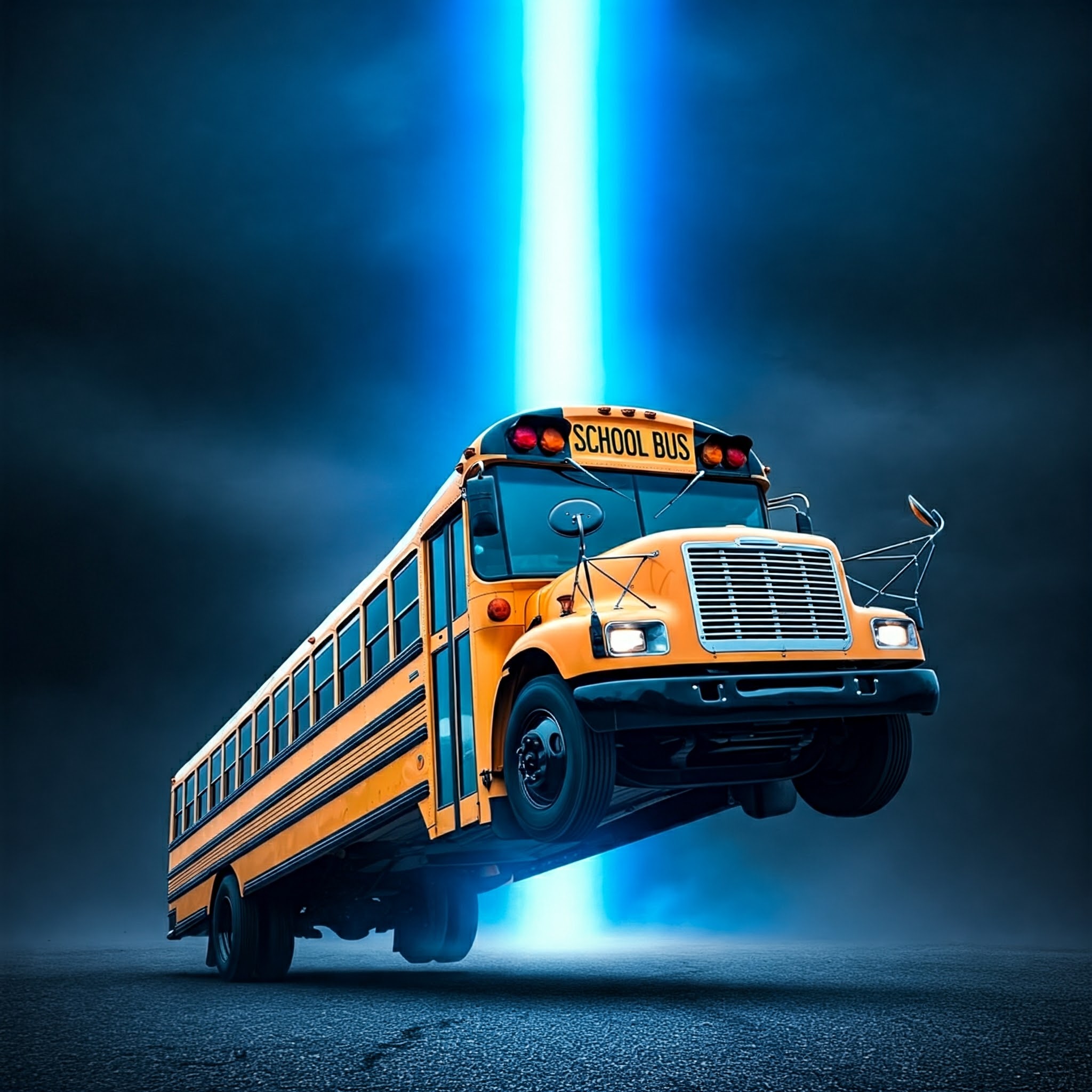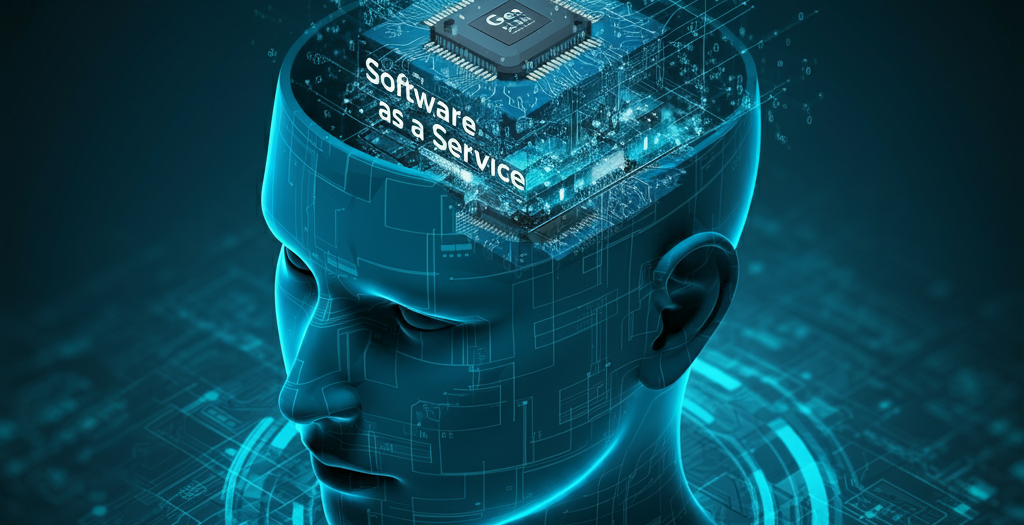Remember that scene in Star Trek: The Next Generation where a little kid, maybe six or seven years old, is dragging their feet down a corridor, whining to their parent about having to learn calculus? It’s funny because we see a glimpse of this super-advanced future, yet even there, kids are still dreading math class. The joke’s on us, because today, calculus is usually reserved for high schoolers.
But imagine flipping the script. Imagine that same kid, instead of complaining, is excitedly chattering about the cool new way they just cracked a calculus problem. It’s not a chore, it’s a challenge they enjoyed. And it’s perfectly matched to their learning style, so they’re actually having fun while their brain is growing.
That's the promise of AI in education.
We’re not talking about replacing teachers with robots. We’re talking about giving amazing teachers superpowers. Today’s best teachers already get this; they know every kid learns differently. Some are visual, some need hands-on stuff, others need quiet time to focus. The problem is, even the best teacher can’t be everything to every student all at once.
AI changes that.
Imagine an AI that’s like a super-observant teaching assistant, spotting patterns in how each kid learns. It sees who lights up during stories, who needs to build things, who gets overwhelmed in a crowd. Then, it helps the teacher tailor each kid’s learning experience. Visual learners get engaging diagrams and illustrations, fidgeters get hands-on projects, shy kids get opportunities to shine in smaller groups.
It’s like having a personal tutor for every single student, but without needing a million teachers.
And the best part? This isn’t just about making things easier for teachers. It’s about unleashing every kid’s potential. When kids learn in a way that clicks for them, they get excited, they’re engaged, they want to learn. And that’s the magic sauce for success, way more than just cramming facts into their heads.

Decoding Learning Styles: The Science Behind Personalized Education
The concept of personalized learning isn’t new. Educators have long recognized that children have diverse learning styles and preferences. However, the challenge has always been in effectively identifying and catering to these individual needs within the constraints of a traditional classroom. This is where AI can truly shine.
Research has identified various learning styles and personality traits that can influence how children learn:
- Visual Learners: Thrive on visual aids like diagrams, charts, and videos.
- Auditory Learners: Learn best through lectures, discussions, and music.
- Kinesthetic Learners: Need hands-on experiences and movement to grasp concepts.
- Introverted Learners: Prefer quiet environments and independent work.
- Extroverted Learners: Enjoy group activities and collaborative learning.
AI can leverage this research to create a comprehensive assessment of each child’s learning profile. By analyzing their interactions with educational content, the AI can identify patterns in their behavior, preferences, and engagement levels. This information can then be used to create personalized learning plans that cater to their individual needs.
Beyond Learning Styles: Addressing the Whole Child
AI’s potential extends beyond identifying learning styles. It can also help address the social and emotional needs of children, crucial components of a holistic educational experience. By recognizing signs of anxiety or disengagement, AI can prompt teachers to provide timely support and intervention.
The AI-Powered Framework: A 3-Step Plan for Personalized Learning
To bring this vision to life, we propose a three-step framework for leveraging AI in personalized education:
- Assessment: AI meticulously observes and analyzes each child’s interactions with educational content, identifying patterns in their learning behaviors, preferences, and emotional states. This assessment leverages existing educational theories and pedagogical approaches to create a comprehensive learning profile for each child.
- Engagement: Based on the assessment, AI presents tailored educational experiences designed to maximize engagement and learning. It continuously monitors the child’s responses, honing and refining the learning plan to ensure it remains effective and enjoyable.
- Execution: The personalized learning plan is implemented with the active involvement of the educator. AI provides teachers with actionable insights and recommendations, freeing up their time to focus on building meaningful relationships with their students and delivering targeted, individualized instruction.

Why This Matters: A Future of Limitless Potential
Despite the challenges, I am optimistic about the transformative power of AI in education. With careful consideration and responsible implementation, AI has the potential to unlock a new era of personalized learning, where every child is empowered to learn in a way that resonates with them. In this future, teachers and AI work hand-in-hand, with AI amplifying the impact of good teachers and transforming exceptional teachers into powerhouses of scaled, personalized education. This is a future where education is not a one-size-fits-all endeavor but a personalized journey of self-discovery and lifelong learning.

Raina
EI Evangelist @ Technicity





